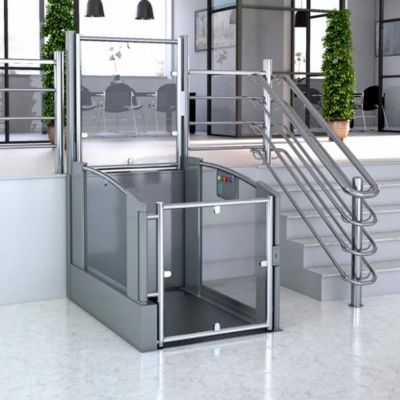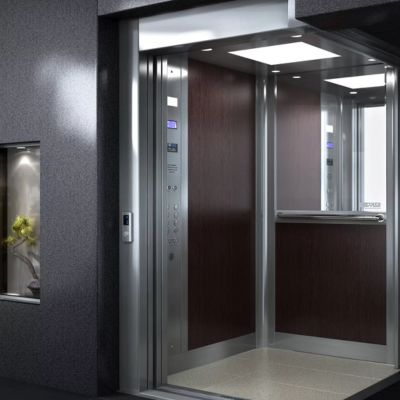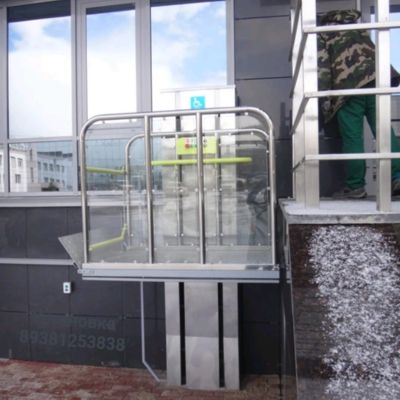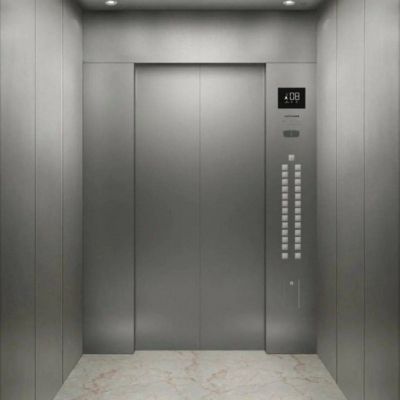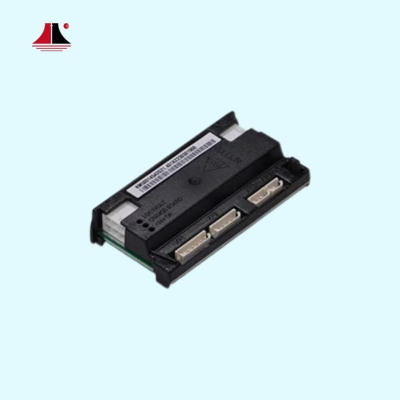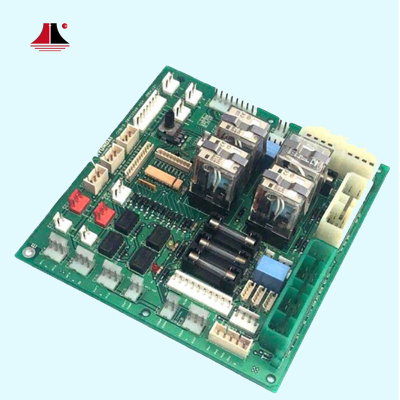What’s the Real Difference Between a Lift and an Elevator?
When planning a vertical transportation system for your building, you may have encountered both the terms “lift” and “elevator.” Although these terms are often used interchangeably, there are differences in design, functionality, and application. In this article, we provide a comprehensive, professional guide to help homeowners and building professionals understand these differences. By the end, you'll have the information needed to choose the system that best fits your unique needs—and discover why FUJITA’s innovative solutions are the right choice for your building.
Definitions and Basic Concepts
Before diving into the details, it is important to clarify the basic concepts:
lElevator:
An elevator is a fully enclosed, passenger-oriented vertical transportation system. Modern elevators are designed for comfort, advanced control, and enhanced safety. They are common in multi-story residential, commercial, and public buildings.
lLift:
A lift generally refers to a more basic vertical transport system, often used for light cargo or platform access. While lifts can also transport passengers, they tend to have simpler designs, fewer comfort features, and are often more utilitarian in nature.
Both systems serve the primary purpose of moving people or goods vertically; however, elevators typically emphasize passenger comfort and advanced safety, whereas lifts focus on functionality and simplicity.
Design and Functional Differences
Understanding the design and functionality of these systems is key to making an informed decision.
Cabin and Enclosure
lElevators:
Feature fully enclosed cabins designed for safe and comfortable passenger transport. The emphasis is on aesthetic appeal and noise reduction, making them a preferred choice for residential and commercial applications.
lLifts:
May be open or partially enclosed. They prioritize functionality over comfort, often designed for cargo transport or utility purposes. Their simpler construction means they might lack some of the refined features found in elevators.
Control Systems and Technology
lElevators:
Equipped with advanced control systems—often digital or touch screen-based—that offer precise speed control, smooth acceleration, and comprehensive safety features. They are integrated with sensors, emergency stops, and smart monitoring systems.
lLifts:
Typically use basic, sometimes manual control panels that fulfill their fundamental function. They are reliable for simple operations but may not include the sophisticated features that enhance ride comfort and safety in elevators.
Operational Performance
lElevators:
Known for providing a smooth, quiet, and comfortable ride with precise stopping and reliable operation. They are engineered to meet high standards for passenger safety and efficiency.
lLifts:
Offer solid performance in applications where high speed or luxurious finishing is not a primary concern. They are effective for basic vertical mobility but may not match the performance standards of modern elevator systems.
Comparative Analysis: Elevator vs. Lift
To help clarify these differences, we have summarized the key points in the table below:
Featur | Elevator | Lift |
Design | Fully enclosed cabin, passenger-focused | Often open/partially enclosed, utilitarian |
Control System | Advanced digital/touch systems; extensive safety features | Basic, manual or simple automated controls |
| Ride Comfort | Smooth, quiet, precise stops | Functional but less refined |
| Applications | Residential, commercial, public buildings | Cargo transport, light-duty applications |
| Maintenance | Regular servicing required; integrated diagnostics | Simple maintenance; fewer components |
| Cost | Higher initial and operational costs | Generally lower upfront cost |
| Customization | High customization potential; modern aesthetics | Limited design options; basic features |
This table clearly outlines the differences between an elevator and a lift. Elevators are designed with a focus on passenger comfort, advanced technology, and safety, while lifts provide a more straightforward, utilitarian solution often ideal for cargo or utility purposes.
Applications and Use Cases
The choice between an elevator and a lift depends on the specific needs of your building:
lElevators:
Best suited for multi-story residences, commercial buildings, hotels, and public facilities where passenger comfort and safety are paramount. The advanced features and aesthetic appeal of elevators make them a valuable addition to any space.
lLifts:
Ideal for basic vertical transportation in settings like warehouses, industrial spaces, or homes with limited budget or space. Lifts are also effective in situations where transporting goods or objects is the main requirement.
When deciding, consider whether your primary need is a comfortable, smooth ride with modern safety features or a simple, cost-effective solution for moving items.
Safety, Maintenance, and Cost Considerations
Safety and maintenance are crucial when evaluating vertical transportation systems:
Safety Features
lElevators:
Come equipped with comprehensive safety features—emergency brakes, door interlocks, overload sensors, and backup power systems. These ensure a secure, reliable operation even in unexpected situations.
lLifts:
Incorporate basic safety measures adequate for their intended purpose. They are reliable but generally do not offer the extensive safety features of modern elevators.
Maintenance
lElevators:
Require regular, professional maintenance due to their complex technology. Modern diagnostic systems help in early detection of issues, contributing to overall reliability.
lLifts:
Simpler design leads to less frequent maintenance needs but may still require periodic servicing to ensure continued performance.
Cost Implications
lElevators:
Higher initial investment due to advanced features and technology. However, the long-term benefits in terms of energy efficiency, extended lifespan, and enhanced property value can justify the cost.
lLifts:
Lower upfront costs make them attractive for budget-conscious projects. They provide a cost-effective solution for basic vertical transport, though they may not add the same level of value as a modern elevator.
Why Choose FUJITA for Your Elevator Solutions?
At FUJITA, we have a longstanding reputation for excellence in designing and manufacturing vertical transportation systems. Whether you need a sophisticated elevator or a basic lift, our solutions are engineered for performance, durability, and safety. Here’s why our products stand out:
lInnovation and Quality:
We integrate the latest technological advancements and adhere to strict international standards, ensuring that our systems deliver a smooth, safe, and efficient ride.
lCustomization:
Our products can be tailored to fit the unique needs of your building, whether you’re looking for luxury passenger comfort or a simple, functional solution.
lComprehensive Support:
From installation to ongoing maintenance, our expert team is committed to providing exceptional customer service. We offer robust after-sales support to ensure that your system remains in peak condition.
By choosing FUJITA, you’re not just investing in a vertical transportation system—you’re ensuring the long-term value and safety of your building.
Conclusion
In summary, while both elevators and lifts serve the same fundamental purpose of vertical transportation, the key differences lie in design, functionality, and applications. Elevators provide enhanced comfort, advanced safety features, and greater customization options, making them ideal for environments where passenger experience is critical. Lifts, on the other hand, offer a practical and cost-effective solution for basic use, particularly when transporting goods or in budget-constrained projects.
Understanding these differences is essential for making an informed decision that meets your building’s needs. We encourage you to assess your specific requirements carefully—whether you prioritize comfort and advanced features or simply need a functional, budget-friendly system.

